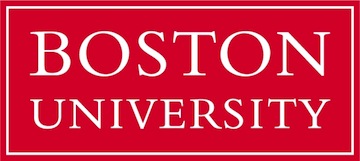Measuring Secondary Teachers’ Habits of Mind
Why measure secondary teachers’ mathematical habits of mind?
The link between teacher knowledge and student achievement is not well understood, especially at the high school level. What do teachers need to know and how do they need to know it? High school mathematics content is complex, and essential for students who wish to pursue STEM careers. Algebra serves as the foundation for much future STEM work, but also serves as a gatekeeper to those very careers. Teachers need strong mathematics content, but we believe they also need to have knowledge not just of traditional content, but of the mathematical habits of mind (MHoM).
These habits can bring focus and coherence to teachers’ mathematical thinking and, in turn, to their work with students. Indeed, we envision MHoM as a critical component of mathematical knowledge for teaching at the secondary level.
The MHoM construct is closely aligned with the Common Core, and especially its Standards for Mathematical Practice. For example, both place importance on seeking and using mathematical structure. Thus our instruments can act as pre- and post- measures of the effectiveness of professional development programs in preparing teachers to implement the Common Core. Mathematics teacher knowledge at the secondary level is an understudied field. Through analyses of the practices and habits of mind that teachers bring to their work, we have developed instruments that can be used to shed light on effective secondary teaching.
Professional development for teachers often focuses on fostering mathematical habits or the Practices in teachers, but how do we know when this professional development is effective? And how do we assess, for a given group of teachers, what to focus on in that professional development? For many years, assessment tools have not existed for formative or summative purposes for teacher professional development.
This NSF-funded assessment project, a collaboration between Boston University, Education Development Center, Inc., and St. Olaf College, has created tools to use for research and evaluation purposes: a paper and pencil (P&P) assessment and an observation protocol that measure teachers’ knowledge and classroom use, respectively, of MHoM.
This work fits into a larger research agenda with the ultimate goal of understanding the connections between secondary teachers’ mathematical knowledge for teaching and secondary students’ mathematical understanding and achievement. As data and analysis emerge from that research work, we are more convinced than ever that MHoM is a key component of teacher knowledge at the high school level (2018).



